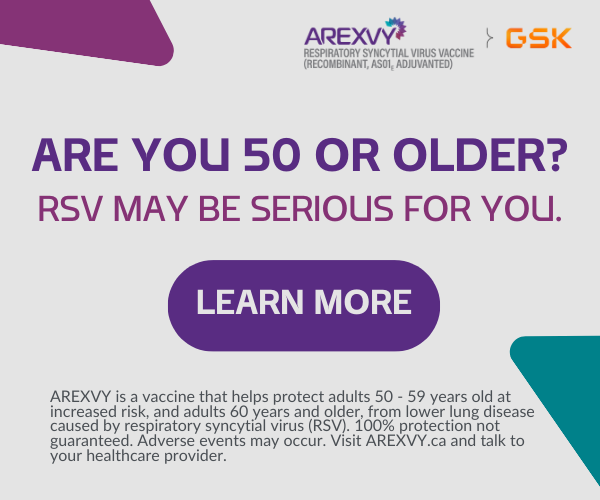The Facts
Heat stroke is also known as sunstroke, thermic fever, or siriasis. It happens when the body's mechanisms for controlling temperature fail. Heat stroke is a life-threatening emergency needing immediate treatment. While many people feel sick and faint during heat waves, most of these people are suffering from heat exhaustion, a usually less serious condition, however it can progress to heat stroke if not recognized and treated properly.
There are two types of heat stroke: classic, non-exertional heat stroke (NEHS) and exertional heat stroke (EHS). Classic heat stroke happens most commonly to very young or older people, who have health risks and are in poor environmental conditions without access to air-conditioning and with limited access to fluids. Exertional heat stroke happens abruptly, more often to younger, healthy people who participate in strenuous physical activity.
Causes
Working or exercising in hot conditions or weather without drinking enough fluids is the main cause of heat stroke. You can get heat stroke by not replacing lost fluids over days or weeks, or you can bring it on in a few hours by exercising strenuously on a hot day without drinking plenty of liquids first.
Liquids help to cool us down by allowing the body to produce sweat. However, liquids are also necessary for bodily functions, such as keeping up blood pressure. You can lose large amounts of body fluid in the form of sweat without noticing any effects, but at a certain point the body will reserve the remaining fluid for vital functions and stop sweating. The body's core temperature then shoots up, and cells start dying.
Sweat evaporates more rapidly in dry weather, cooling the body more efficiently than in humid weather. When working in humid conditions, the core temperature rises more rapidly. This is why weather forecasts add a humidity factor or heat index to represent how you will actually feel outdoors.
People with the following conditions are especially prone to heat stroke:
- alcoholism
- chronic illnesses like heart disease
- obesity
- older age
- Parkinson's disease
- uncontrolled diabetes
- use of certain medications such as diuretics and antihistamines
- use of some psychoactive drugs such as cocaine
Heavy clothing and some skin conditions can also contribute to the occurrence of heat stroke.
Symptoms and Complications
The symptoms of heat stroke are quite different from those of heat exhaustion. Remember, heat exhaustion, if not treated, can lead to heat stroke.
Symptoms of heat exhaustion:
- elevated body temperature
- cool, pale, clammy skin
- muscle cramps
- headache
- irritability
- nausea or vomiting
- fatigue and weakness
- dizziness or lightheadedness
- possible fainting, but can be revived
- thirst
A person suffering from heat exhaustion will usually be sweating profusely in an attempt to get rid of excess heat, but will have normal behaviour and cognition.
Symptoms of heat stroke:
- confusion, strange behaviour
- hallucinations
- seizure
- extreme weakness
- extremely high core temperature, above 40°C (104°F)
- hot, red, dry skin
- rapid pulse
- rapid, shallow breathing
- headache
- possible loss of consciousness
A person with heat stroke has stopped sweating (although their clothes may still be wet from sweat) due to a failure in their heat control system.
High core temperatures damage internal organs, especially the brain. The fluid loss can also produce dangerously low blood pressure. Most deaths due to heat stroke occur when the heart stops pumping effectively (circulatory failure). Even people who survive are likely to have permanent brain damage if their core temperature has been over 40.6°C (105°F) for more than an hour or two.
Making the Diagnosis
Heat stroke is diagnosed by looking at signs and symptoms, such as body temperature, and finding out about the person's recent activities.
Treatment and Prevention
Heat stroke is a medical emergency. Learn to recognize the symptoms listed above and take the appropriate action. The heat stroke victim needs to go to the emergency room as soon as possible, but the first step is to get the core temperature under control.
If you suspect someone has heat stroke, begin treating them immediately while someone else calls 9-1-1. Everything must be done to cool the heat stroke victim immediately. The most effective way is to remove them from the sun and immerse the body in cold water, such as a river, stream, or bathtub. You can also fan vigorously while misting with tepid water to help cool them down until help arrives. You can also remove most of their clothes, and apply ice water towels or packs to the groin, neck, armpits, and head.
If the person starts shivering, slow down the cooling treatment, because shivering raises core temperature. Take the person's temperature every 10 minutes if you have a thermometer handy. You should aim for a core temperature of about 39°C (102°F), as too low can result in a slide towards dangerously low temperatures (hypothermia). All the while you should be making arrangements to get the victim to an emergency room. Watch for signs of respiratory arrest (breathing failure) and be ready to give mouth-to-mouth resuscitation (rescue breathing) if needed.
The heat exhaustion victim should also be put in a cool place. Take them to a clinic or emergency department for evaluation and treatment. If medical care is not available, call 9-1-1. While waiting, lay them down and give small sips of liquid every few minutes. Sports drinks are best, but water is often more readily available. Sponge the victim with cool water and remove unnecessary clothing. You should watch carefully for signs of deterioration until help arrives.
The way to prevent these problems is to drink very large amounts of liquid during heat waves, especially if you're planning on working or exercising outdoors. If you are exercising, you should consume approximately 500 mL to 1.8 L (2 to 7 cups) of water in the 3 hours before the activity and about 200 mL to 250 mL (3/4 to 1 cup) every 20 minutes during the activity. Fluid loss continues after the activity is over, so it is important to continue to consume water for several hours after exercise. Some experts suggest continuing until urine is pale in colour.
When in very hot environments, drink every hour whether you feel like it or not, since thirst is a late indicator of dehydration. To prevent heat stroke:
- Avoid heavy outdoor activities in the summer during the hottest times of the day (10 am to 3 pm).
- Stay out of the sun if possible.
- If you need to be in a hot environment, take 10 to 20 minutes of breaks per hour of activity in the shade or an air-conditioned space.
- Wear loose-fitting, light-coloured clothes – light colours reflect more sunlight – and a wide-brimmed hat.
- Try to relax in the shade during the hottest part of the day.
- Avoid coffee and alcohol, especially beer, due to their fluid loss effect.
All material copyright MediResource Inc. 1996 – 2025. Terms and conditions of use. The contents herein are for informational purposes only. Always seek the advice of your physician or other qualified health provider with any questions you may have regarding a medical condition. Source: www.medbroadcast.com/condition/getcondition/Heat-Stroke



